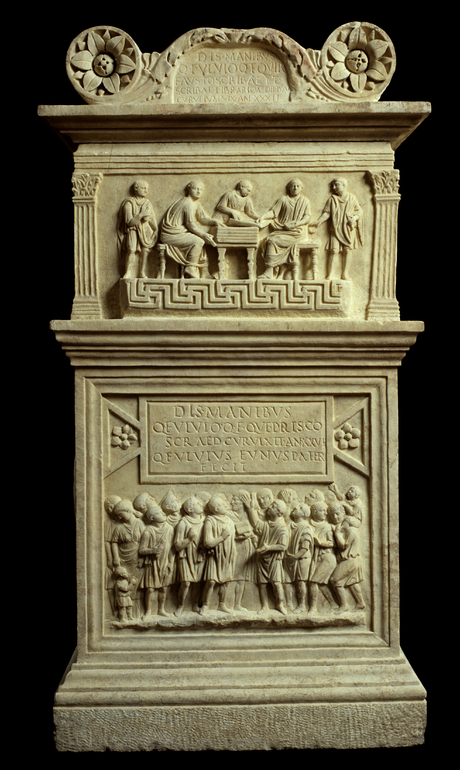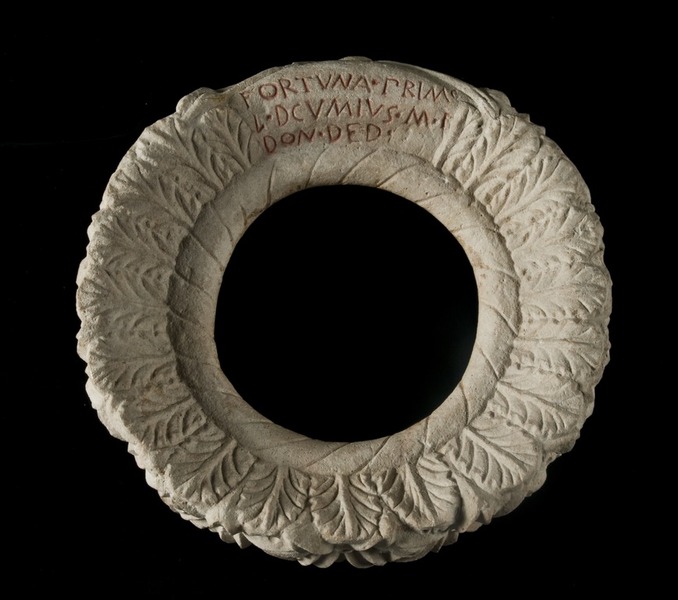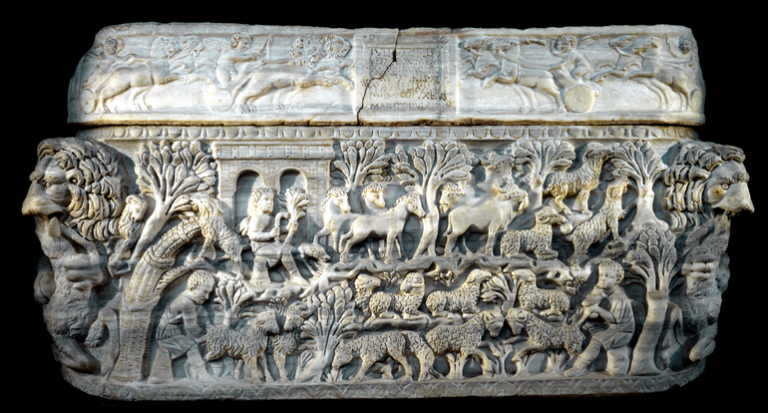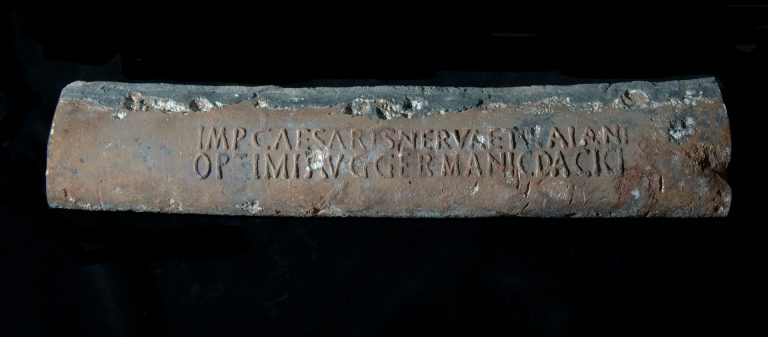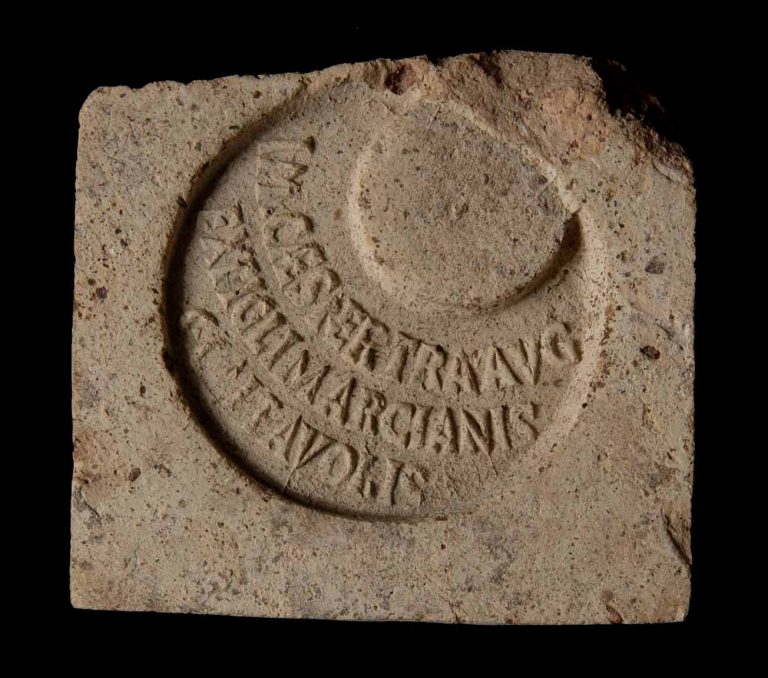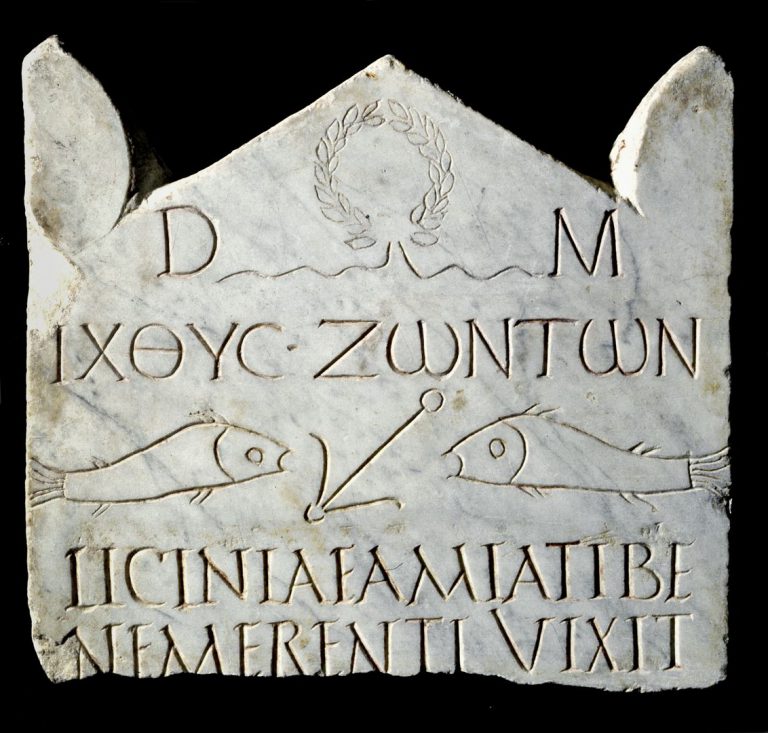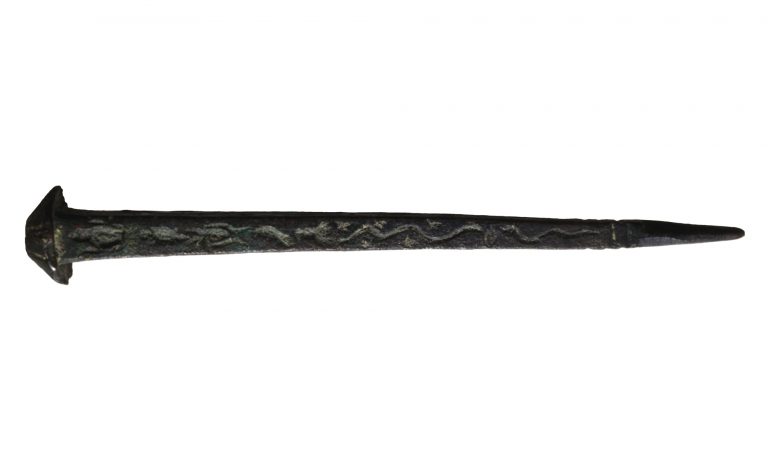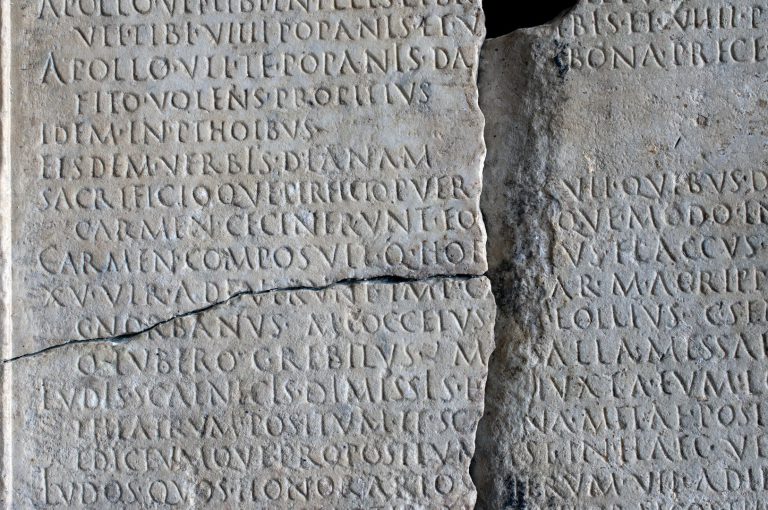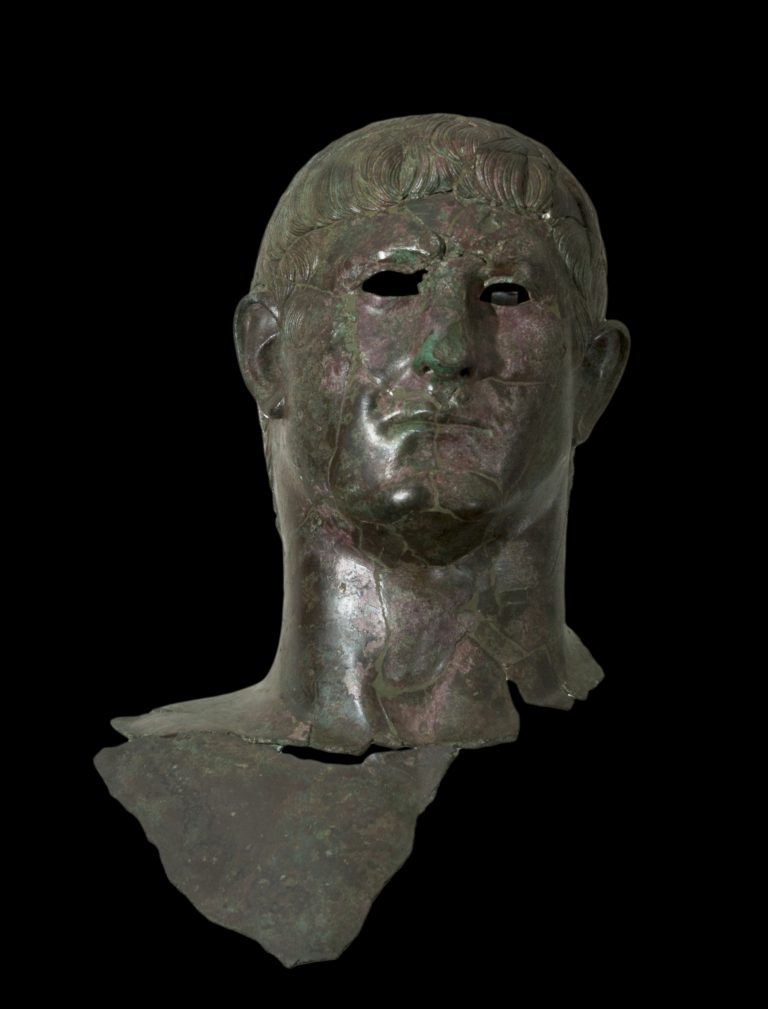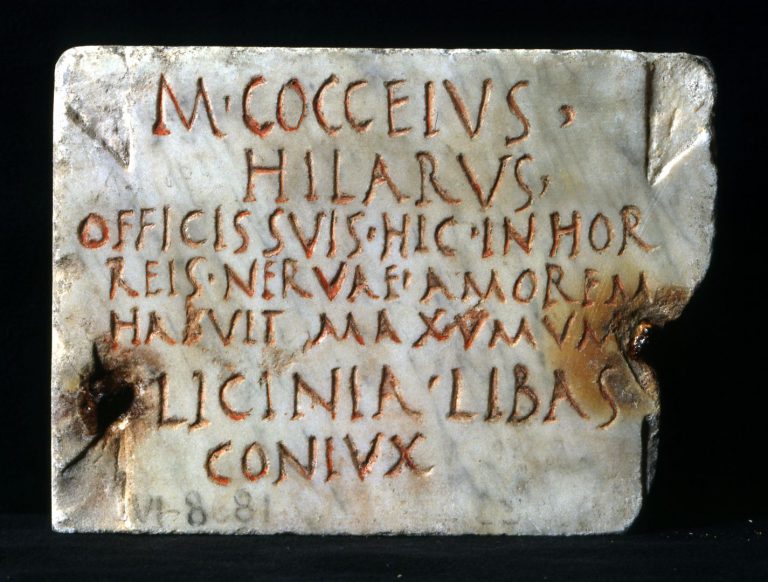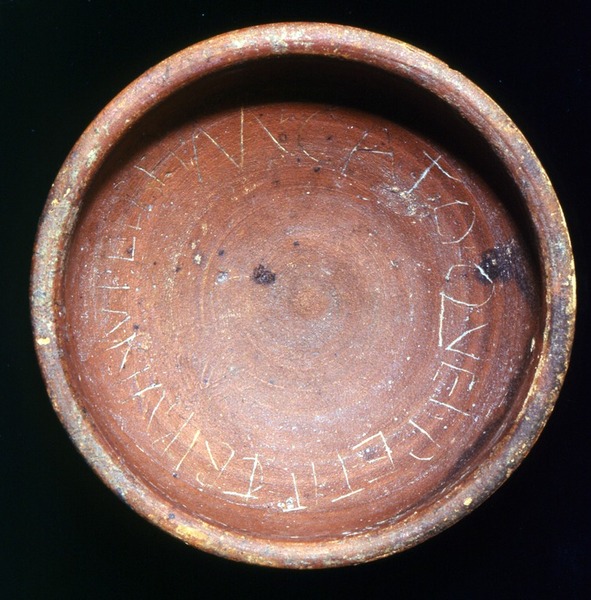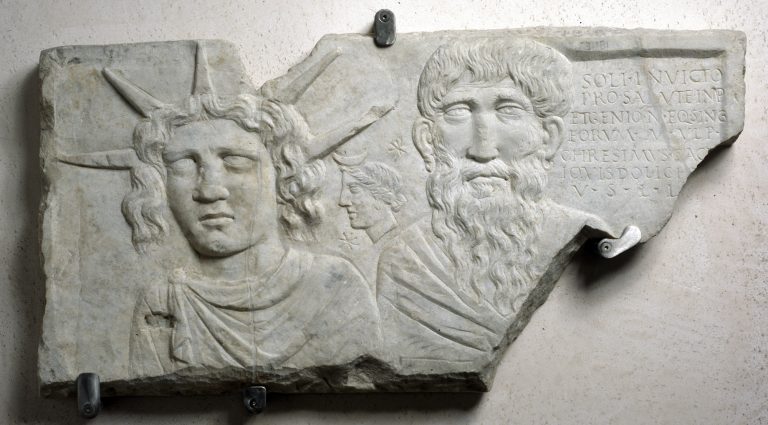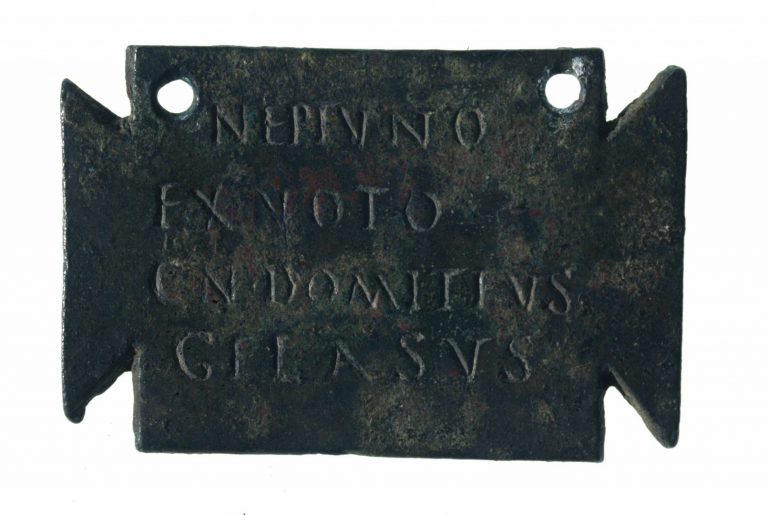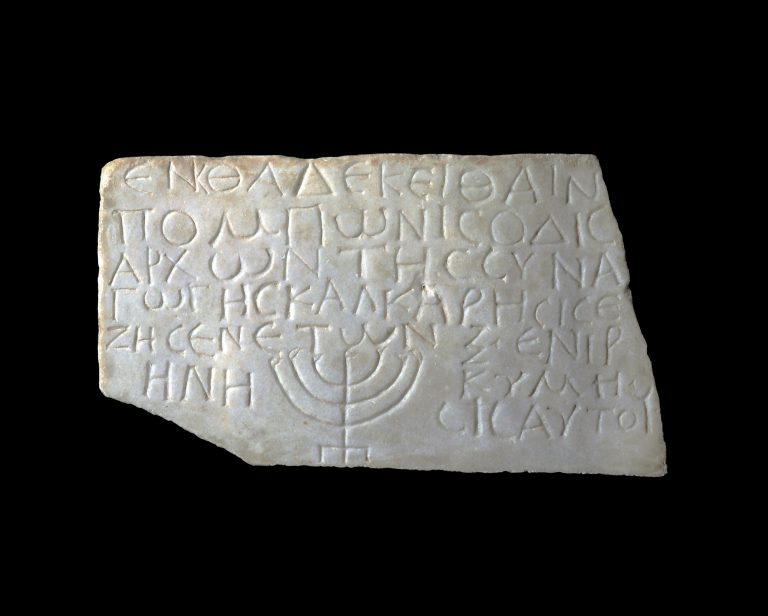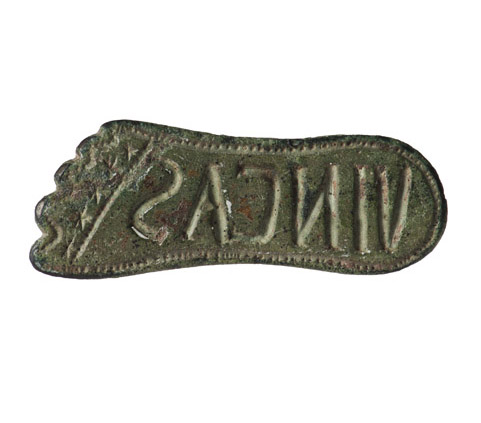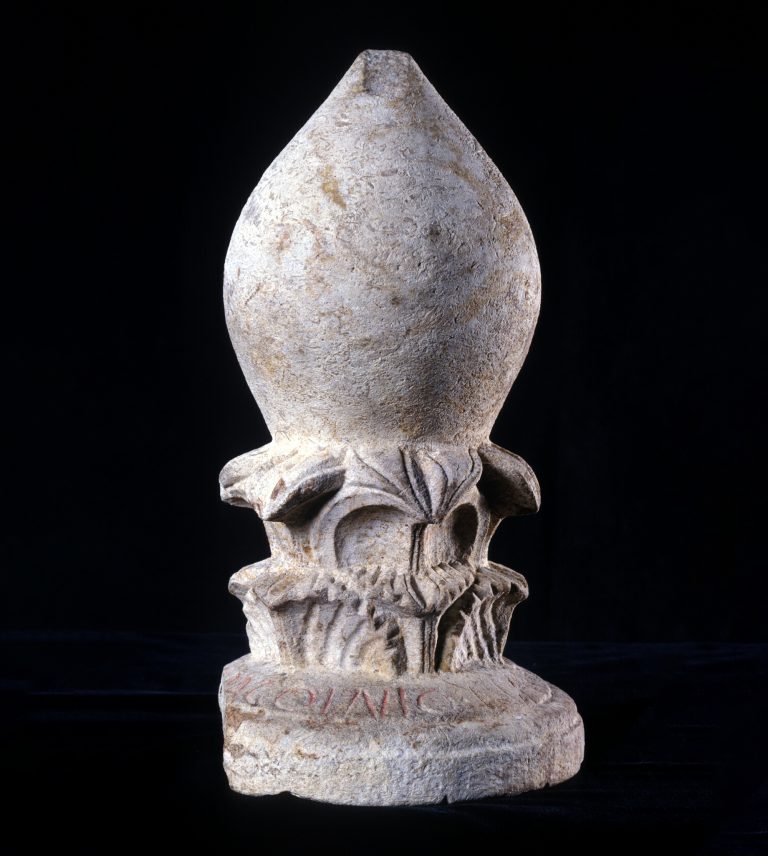The Museum of Written Communication in the Roman World
The National Roman Museum boasts one of the richest and most significant collections of inscriptions in the world, containing approximately 20,000 items. Originating from the end of the 19th century, the collection is made up of materials drawn from historical collections and above all from discoveries made since 1870 at the major sites involved in adapting Rome to its new position as capital city of the Kingdom of Italy. Over the years, the Museum’s collections have been further enriched by archaeological materials found in the region around Rome and its immediate surroundings.
The three floors of the Museum house displays of around 900 artefacts that recount numerous aspects of Roman civilisation through the words that the ancients chose to inscribe on various types of objects: funeral steles and cippi (clay pots), memorial stones, altars and marble and travertine reliefs, but also bricks, lamps, lead pipes, slingshot projectiles and many other materials.
These texts were written by people belonging to all social strata, from emperor to slave, and bear witness to the daily lives of men and women living many centuries ago. Their words help us understand, and experience, the various moments of political, religious, social and economic life of ancient Rome, but also aspects in the private sphere, revealing a world of feelings and small everyday gestures.
Some of the most valuable items are also displayed in the Small Cloister of the Charterhouse, such as the rich series of inscriptions of the Arval Brethren (Fratres Arvales), unique documentation that describes the activities of this priestly college from the 1st century BC to the beginning of the 4th century AD, and the monumental pillars that record the ceremonies of the Secular Games (Ludi Saeculares) from 17 BC to 204 AD.


